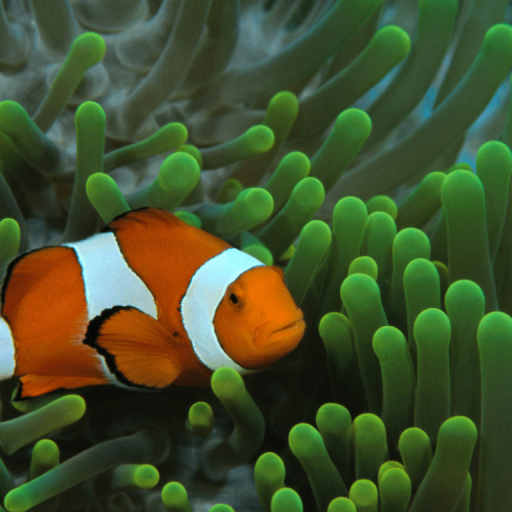
15 Popular Saltwater Aquarium Fish
Blog post excerpt [1-2 lines]. This text is automatically pulled from your existing blog post.
In addition to or in place of fish, you may want to keep certain invertebrates in your saltwater aquarium. There are plenty of options to choose from, but you should understand how to properly care for invertebrates and add them to your tank. To help answer some questions you might have about invertebrates in saltwater tanks, here are a few common FAQs.
Do you need information on a specific type invertebrate for your saltwater aquarium? Every invert has different eating patterns and food. We have all the info you need to take care of your saltwater invert. Click a guide below.
Invertebrates are considerably more sensitive to their environment than fish, making it crucial to slowly acclimate them to the tank’s water conditions.
One way to do this is to use drip acclimation, which involves dripping water into the invert’s fish bag. This method involves setting up a mechanism that allows incremental dripping of tank water into the bag. This setup normally consists of a length of tubing for siphoning, a pail or pitcher, and clamps that secure the airline in place to the edge of the tank and the pail or pitcher.
When acclimating the inverts, you can take the following steps using the drip acclimation method:
The short answer is yes. Like fish, you must quarantine invertebrates to prevent potentially harmful organisms from contaminating the aquarium. Even though ich and other similar parasites can’t actually feed on inverts, they could wind up attached to these animals’ exoskeletons and shells, potentially causing indirect harm to fish.

Blog post excerpt [1-2 lines]. This text is automatically pulled from your existing blog post.